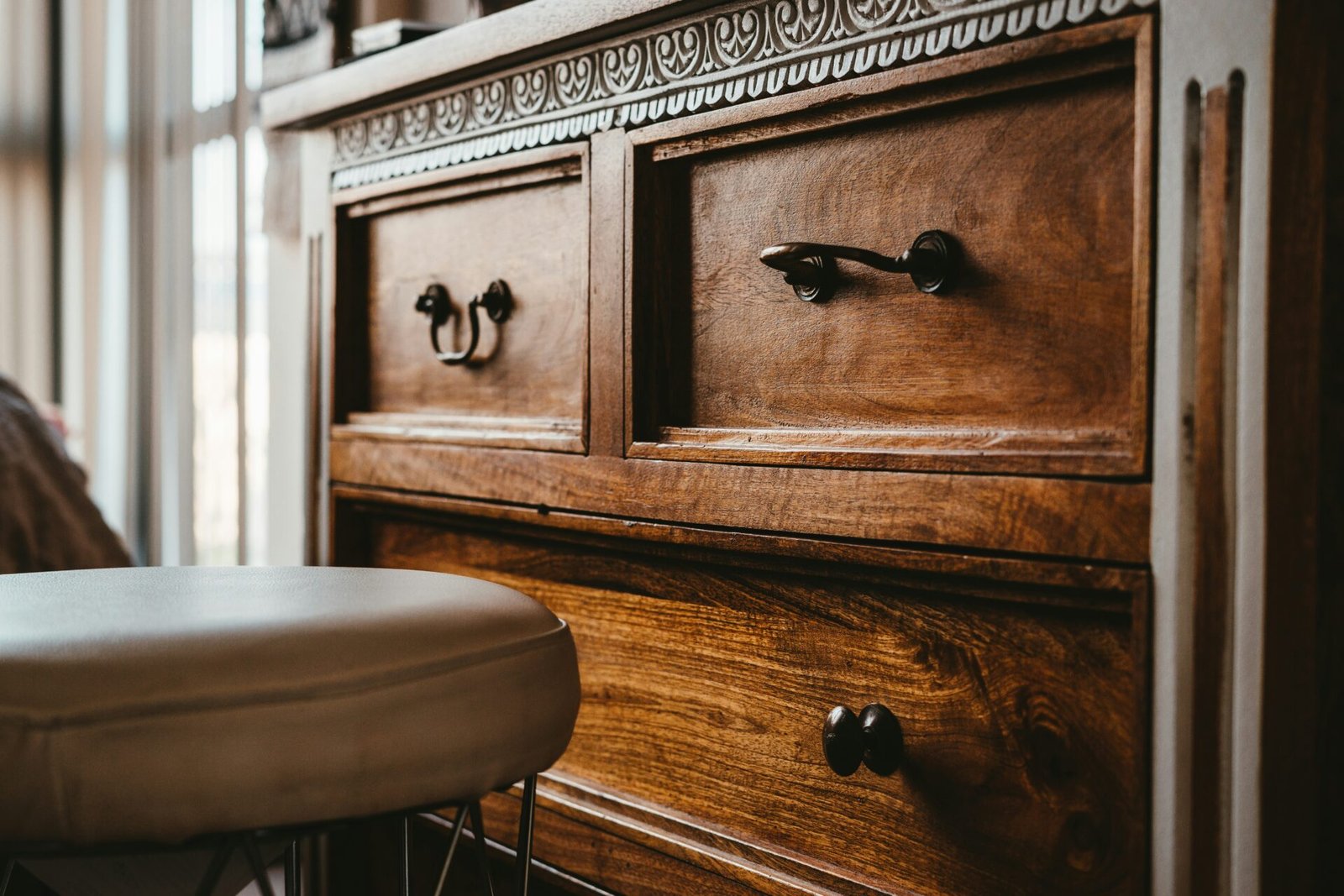Learn how to easily remove clear coat from plastic surfaces with this simple step-by-step guide. Get your plastic surfaces looking like new again in no time!
Have you ever found yourself staring at a plastic surface with a clear coat that’s seen better days? Maybe it’s a car bumper, a phone case, or even a piece of furniture. Whatever it is, that dull, peeling clear coat can be a real eyesore.
But fear not! Removing clear coat from plastic is easier than you might think. In this article, we’ll walk you through the steps to restore your plastic surface to its former glory. So grab your supplies and let’s get started!
Read Also: Best Clear Coat Spray Gun – Our Top 5 Picks
How to Easily Remove Clear Coat from Plastic?
Learn how to quickly and safely remove clear coat from plastic with simple steps and supplies. Get expert tips on removing clear coat with ease.
Clear Coat Removal
Clear coat is a protective coating that is applied to car paint or plastic to increase its durability and shine. However, it can become damaged over time due to exposure to the sun or harsh chemicals. When this happens, you may want to remove the clear coat from your vehicle or other plastic surfaces. Fortunately, there are several ways to do this easily.
One of the most effective methods for removing clear coat from plastic is by using a commercial paint stripper.
These products contain strong chemicals that dissolve the clear coat without damaging the underlying material. To use them, simply apply a generous amount of the product onto the affected area with a brush or cloth and let it sit for several minutes before wiping it away with a clean cloth.
Alternatively, you can also use sandpaper or a power sander to remove clear coat from plastic surfaces. This method works best for larger areas such as car panels or plastic furniture pieces.
Start by using coarse-grit sandpaper and gradually work your way up in grit until all of the clear coat has been removed. Be sure to wear protective gloves and eyewear when using this method as it can create dust particles that can be harmful if inhaled.
Safety Considerations
When it comes to removing clear coat from plastic, safety should be a top priority. Clear coat contains chemicals that can be harmful if inhaled or come into contact with your skin. It is important to wear gloves, protective eyewear, and a mask before attempting to remove the clear coat from any plastic surface.
Another safety consideration when removing clear coat from plastic is the use of proper tools. Using abrasive materials such as sandpaper or steel wool can cause damage to the plastic surface and release harmful particles into the air. Instead, opt for a non-abrasive cleaner specifically formulated for plastics.
Lastly, make sure you are working in a well-ventilated area to minimize your exposure to any dangerous fumes. If possible, do not work in an enclosed space or without proper ventilation equipment such as fans or open windows.
By taking these safety considerations seriously when removing clear coat from plastic surfaces, you can ensure both a successful outcome and a safe environment for yourself and those around you.
Determine Plastic Type
When it comes to removing clear coat from plastic, it’s important to first determine the type of plastic you’re working with. This is because not all plastics are created equal and some may react differently to certain chemicals or methods.
One way to determine the type of plastic is by looking for a recycling symbol on the item, which can indicate what category it falls under. For instance, those labeled with a number 1 are typically made from polyethylene terephthalate (PET) while those marked with a number 5 are commonly made from polypropylene (PP).
Another method for determining the type of plastic is by conducting a burn test. This involves holding a flame to a small piece of the material and observing how it reacts.
For example, if the plastic melts and releases black smoke, it could be polystyrene (PS), while if it burns slowly and drips liquid, it could be high-density polyethylene (HDPE). However, this method should only be used as a last resort as burning plastic can release harmful fumes.
Overall, taking the time to identify what kind of plastic you’re dealing with before attempting to remove a clear coat can help avoid any potential damage or complications in the process.
Gather Supplies
The first step in removing clear coat from plastic is to gather all the necessary supplies. You will need a few items, including a clean cloth or rag, an abrasive sponge or sandpaper, rubbing alcohol, and clear-coat remover. Make sure you have all these items before you start the process.
Once you have gathered your supplies, it’s time to get started. Begin by cleaning the affected area with rubbing alcohol and a clean cloth. This will help remove any dirt or debris that could interfere with the removal process.
Next, apply the clear-coat remover to the affected area using an abrasive sponge or sandpaper. Be careful not to rub too forcefully as this can damage the plastic surface. Work in small sections until all of the clear coat has been removed.
Finally, use a clean cloth to wipe away any excess residue and buff out any scratches left behind by sanding. Your plastic surface should now be free of clear coat and ready for whatever treatment comes next!
Sand the Surface
Sanding the surface is one of the easiest and most effective ways to remove clear coat from plastic. However, it’s important to keep in mind that sanding can damage the plastic if not done correctly. Before you begin sanding, make sure you have fine-grit sandpaper with a grit between 400-600. This will ensure that the surface is smooth after sanding.
Start by wetting the surface with water to prevent dust from building up. Then, gently rub the sandpaper over the clear coat in a circular motion until it begins to come off. Be careful not to apply too much pressure as this may cause scratches or gouges on the plastic.
Once you’ve removed most of the clear coat, switch to a higher grit sandpaper (800-1000 grit) and repeat until all of it has been removed. Remember to always keep the surface wet during this process as dry sanding can cause further damage. When finished, rinse off any remaining dust and dry completely before applying any new coating or paint for the best results.
Apply Chemical Stripper
One of the best ways to remove clear coat from plastic is by applying a chemical stripper. Chemical strippers are specifically designed to break down and dissolve paint or coatings, making it easier to strip them away. When using a chemical stripper, it is important to wear protective clothing such as gloves, goggles, and a respirator mask.
Before applying the chemical stripper, ensure that the surface you want to strip is clean and dry. Apply an even layer of the chemical stripper using a brush or roller. Leave the product on for 20-30 minutes or until you see signs that the coating has started lifting off from the surface.
Once you notice this happening, use a scraper or putty knife to scrape off any remaining coating gently. Be careful not to damage or scratch the plastic surface underneath while scraping away at any remaining residue. Finally, rinse with water and let air dry before sanding or repainting if necessary.
Wash and Dry
Washing and drying are crucial steps in any cleaning routine, especially when it comes to removing clear coat from plastic. Before starting the process, make sure that you have all necessary tools and supplies nearby. Begin by washing the plastic surface with soap and water to remove any dust or debris that might interfere with the removal process.
Next, dry the surface completely using a clean towel or cloth. Moisture can cause paint to peel off easily, so make sure that the plastic is free of any moisture before proceeding further. If necessary, use compressed air or a hairdryer on low heat to get rid of excess water.
Once you have washed and dried the plastic surface thoroughly, you can proceed with removing clear coat using sandpaper or other abrasive materials. Always remember to wear gloves and safety goggles while working with chemicals and abrasive materials. With these simple steps in mind, removing clear coat from plastic should be an easy task!
FAQs
What is clear coat and why is it used on plastic surfaces?
Clear coat is a transparent layer of the protective coating that is applied on plastic surfaces to protect them from scratches, UV rays, and other environmental factors. It also gives the plastic a glossy finish.
How can I tell if the clear coat on my plastic surface needs to be removed?
If the clear coat on your plastic surface is peeling, cracking, or has become discolored, it is a sign that it needs to be removed. You may also notice that the surface has lost its shine and looks dull.
What are some effective methods for removing clear coat from plastic surfaces?
One effective method for removing clear coat from plastic surfaces is to use a chemical stripper. You can also use sandpaper or a sanding block to remove the clear coat. Another option is to use a heat gun to soften the clear coat and then scrape it off with a plastic scraper.
Is it safe to remove clear coat from plastic surfaces?
Yes, it is safe to remove clear coat from plastic surfaces as long as you follow the proper safety precautions. Wear gloves, eye protection, and a mask to avoid inhaling any fumes or dust. Also, make sure to work in a well-ventilated area.
Conclusion
Removing clear coat from plastic can be a daunting task, but with the right tools and techniques, it can be done effectively. It is important to take the necessary precautions and follow the steps carefully to avoid damaging the plastic surface.
Whether you choose to use sandpaper, a chemical stripper, or a heat gun, always test a small area first and work slowly and methodically. With patience and persistence, you can achieve a smooth and clear plastic surface that looks as good as new.




Leave a Reply
You must be logged in to post a comment.